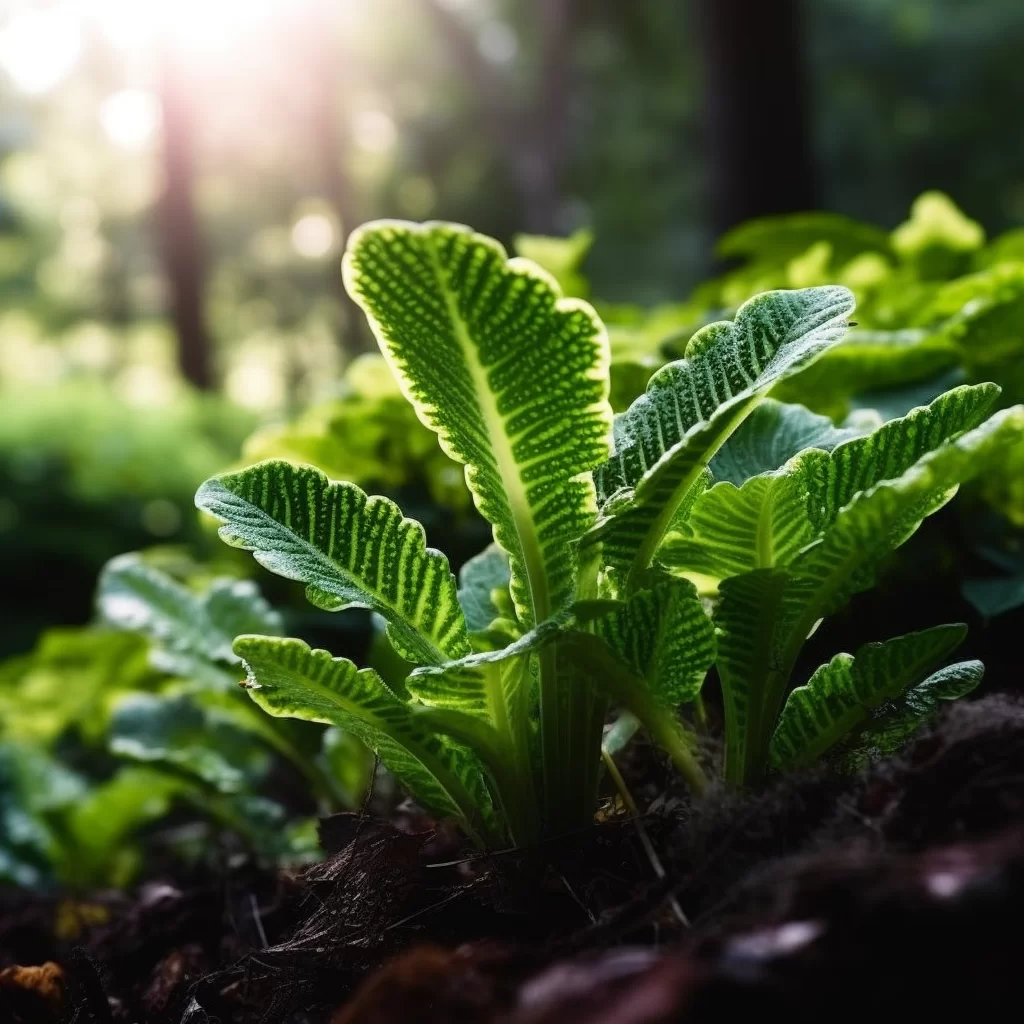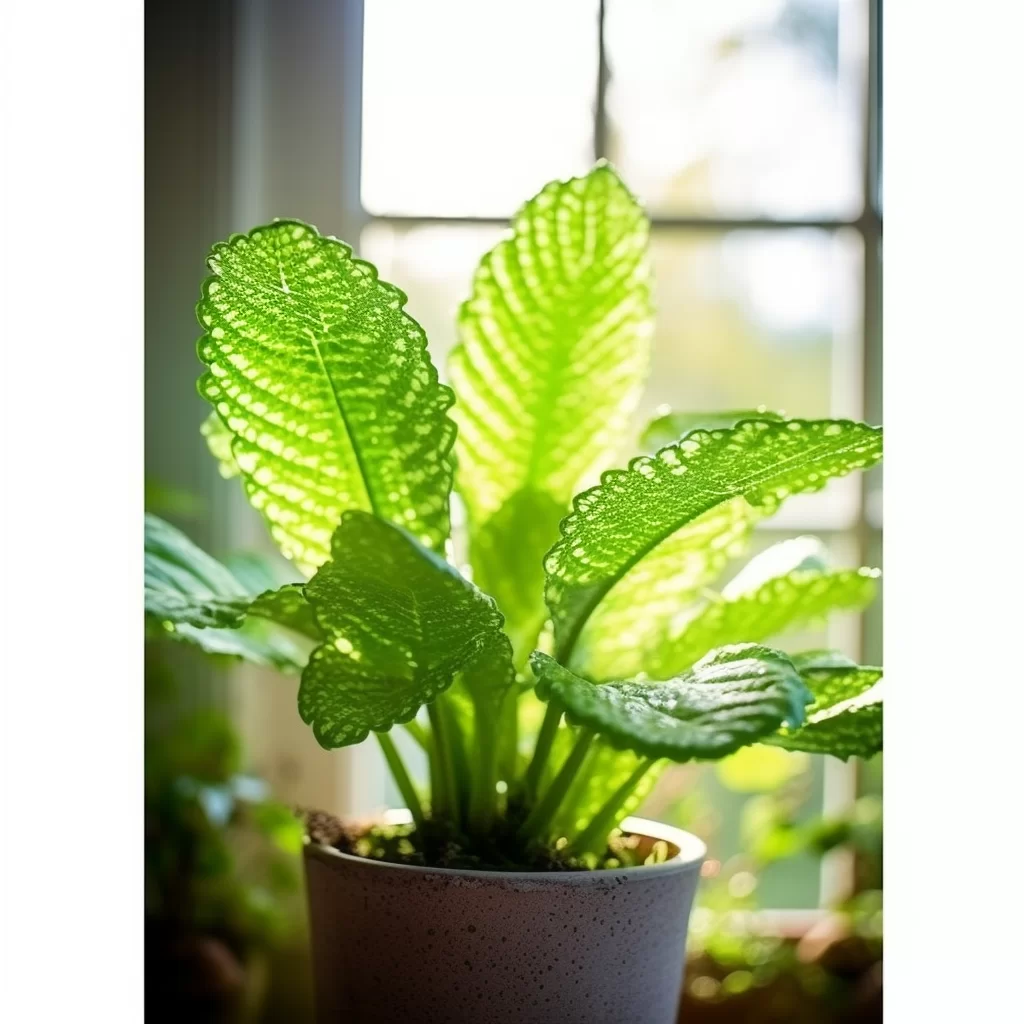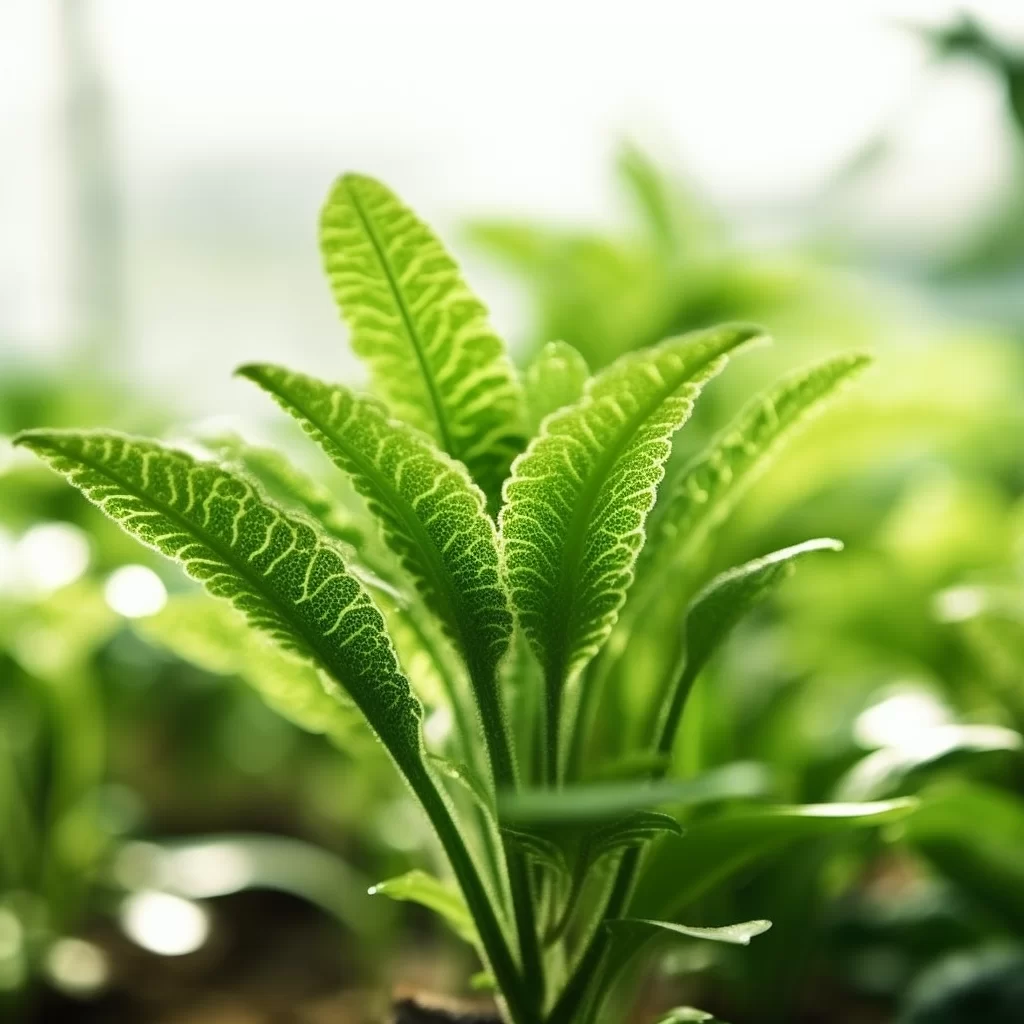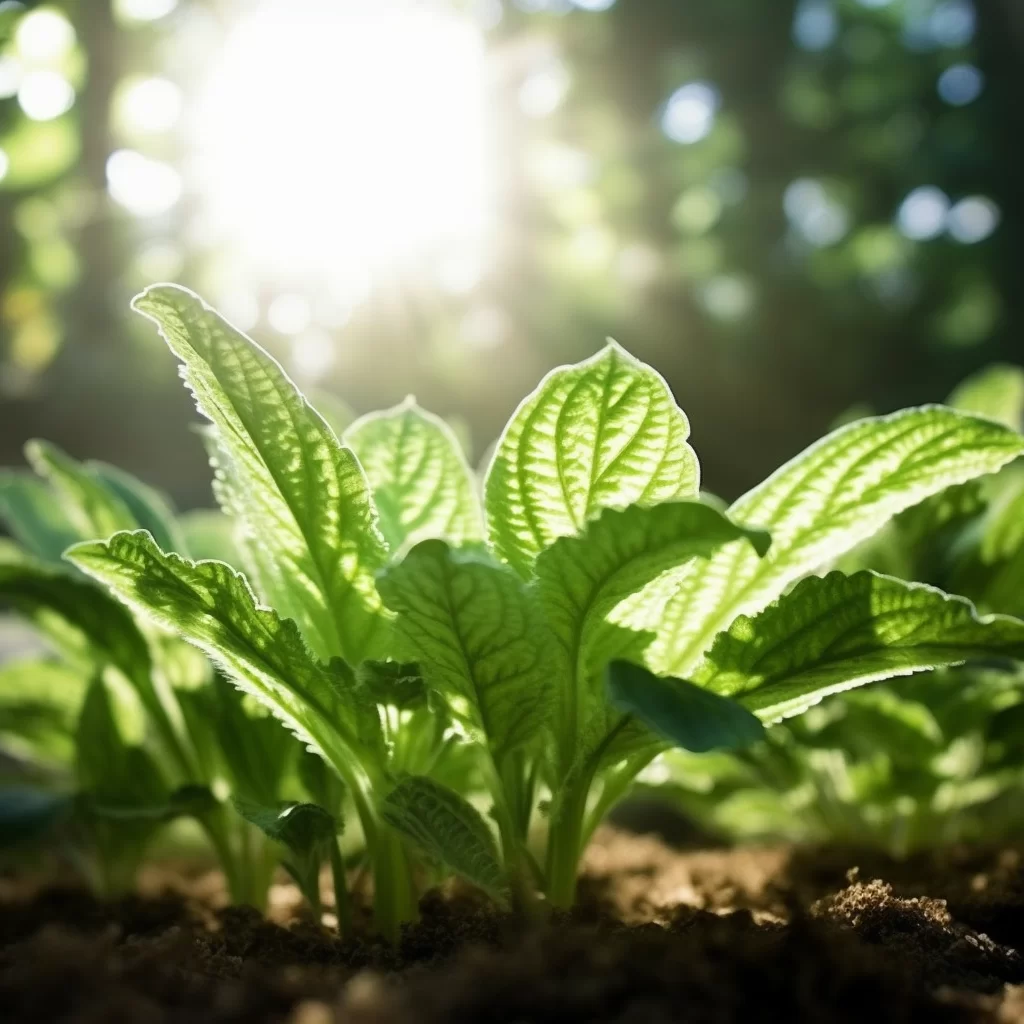Story of Day :
Contents
The Melissa Plant: A Complete Guide and Care Tips
If you are someone who loves to cook with fresh ingredients, then the Melissa plant is a must-have in your kitchen garden.
Not only is it incredibly easy to grow, but it also has a variety of benefits that make it an ideal choice for any herb-lover.
From aiding digestion and reducing stress levels to providing relief from anxiety and insomnia, this versatile plant has multiple medicinal properties.In this comprehensive guide, we will provide you with all the information you need to know about growing and caring for your very own Melissa plant.
Whether you’re an experienced gardener or a beginner looking to add some greenery to your home, this guide covers everything from soil preparation and watering techniques to harvesting and storing tips.
So why wait? Get ready to spice up your culinary creations with the fragrant aroma of fresh Melissa leaves!
What is a Melissa Plant?
If you’re looking for a natural remedy that has stood the test of time, look no further than Melissa officinalis.
This herb, more commonly known as lemon balm, has been used for thousands of years for its many benefits and is a staple in both medicine and cooking.
Part of the mint family, lemon balm is believed to have calming properties that can help to reduce stress and anxiety while also promoting better sleep.
And with its refreshing citrusy flavor, it’s no surprise that it’s often added to salads or used as a seasoning in many dishes. Lemon balm is also celebrated for its antibacterial and antiviral qualities.
Lemon balm is also celebrated for its antibacterial and antiviral qualities.
It contains compounds called rosmarinic acid and eugenol which have been shown to fight against harmful bacteria such as E.coli and Staphylococcus aureus.
Additionally, these same compounds may be effective against certain viruses like herpes simplex virus (HSV).
So whether you’re trying to boost your immune system or simply add some zing to your meals, Melissa officinalis could be just what you need!
Care Tips for Growing a Melissa Plant
If you’re looking for an easy-to-care-for plant, a Melissa might be the perfect choice.
You don’t need to have a green thumb or extensive gardening knowledge to grow one successfully.
But while it’s low-maintenance, there are some important factors to consider if you want your Melissa plant to thrive.
For example, it needs well-draining soil and plenty of sunlight.
You should also make sure not to overwater it or let the soil dry out completely.
And don’t forget that pruning can help promote healthy growth and prevent disease.Overall, growing a Melissa plant is pretty straightforward as long as you keep these things in mind.
With just a little bit of attention and care, your plant will reward you with its lovely scent and attractive appearance for years to come!

- Sunlight: Ensure that your plants get at least 6 hours of sunlight per day.
- Watering: Water your plants regularly and ensure that the soil remains moist but not waterlogged.
- Fertilization: Use organic fertilizer once every two weeks during the growing season (spring through fall).
- Pests: Keep an eye out for pests like aphids or spider mites which can damage your plants.
Use insecticidal soap or neem oil sprays regularly to prevent infestations.
The Benefits of Growing and Using The Melisa Plant
If you’re looking for a low-maintenance yet highly beneficial plant to add to your garden, then the Melissa plant might just be the perfect choice for you.
Known for its soothing fragrance and calming effects, growing a Melissa plant can offer various benefits such as improving mood disorders, relieving pain and reducing inflammation among others.
In fact, studies have shown that simply inhaling the scent of this herb can promote relaxation and ease anxiety symptoms.
Additionally, applying crushed leaves or essential oils made from Melissa plants topically can help alleviate headaches, muscle pains and other discomforts.Another great thing about cultivating a Melissa plant is that it’s relatively easy to care for.
These plants thrive in well-draining soil with plenty of sunlight exposure but can also tolerate partial shade if necessary.
They don’t require frequent watering either – in fact, over-watering can lead to root rot so it’s best to let the soil dry out between waterings.
Overall, adding a Melissa plant to your outdoor space not only enhances its beauty but also provides countless health benefits that you’ll surely appreciate!
 The Melissa plant is well-known for its ability to soothe and calm one’s nerves, making it a go-to remedy for reducing anxiety and improving mood.
The Melissa plant is well-known for its ability to soothe and calm one’s nerves, making it a go-to remedy for reducing anxiety and improving mood.
Recent studies have shown that the properties contained within the melissa plant can potentially aid in decreasing symptoms associated with various mood disorders.
Additionally, the rosmarinic acid found in the plant has proven to have anti-inflammatory properties that could potentially relieve pain from conditions such as arthritis.
It’s no wonder why those seeking natural remedies gravitate towards this multitasking wonder.Not only is Melissa an excellent choice for health purposes, but also as a natural insect repellent.
Its strong scent deters pesky outdoor bugs without having to resort to harmful chemicals found in traditional insecticides.
This makes it ideal for planting around outdoor living areas or even on small balconies or terraces where space may be limited.
For those who are foodies, you can also use Melissa leaves in various culinary creations; their lemony flavor adds zest to salads, soups and sauces or even brewed up into tea.
The possibilities are endless with this versatile herb!
The Best Time to Harvest Your Melissa Plant
Melissa, also known as lemon balm, is a popular herb with a delightful lemony fragrance.
It is widely used for making tea and has many medicinal properties.
The best time to harvest Melissa is during mid-summer when the plant is in full bloom.
This is because the leaves are at their peak of potency and aroma at this stage.
Harvesting during any other time can result in lower quality leaves that do not have the same desirable qualities. To harvest your melissa plant, simply cut off the top 1/3 of each stem with sharp scissors or pruning shears.
To harvest your melissa plant, simply cut off the top 1/3 of each stem with sharp scissors or pruning shears.
Be sure to leave enough stems behind for future growth and be mindful of avoiding damage to surrounding branches or leaves.
Once harvested, you can either dry the leaves or use them fresh for tea or other recipes such as infused oils and vinegars.
Whether you’re new to gardening or an experienced herbalist, harvesting melissa can be a rewarding experience that allows you to enjoy its delicious flavor and health benefits all year round!
- Cut the stems just above where two branches meet with pruning shears.
- Avoid cutting more than one-third of the stem length at one time to avoid damaging the plants branch structure.
- Gather freshly cut sprigs into small bundles
- Hang indoors until completely dry before storing proper location away from direct sunlight once dried
To sum up everything that has been discussed, it is safe to say that the topic at hand is of great significance and deserves attention.
The various arguments, ideas and evidence presented throughout this discussion have highlighted the complexity of the issue, making it clear that there are no easy answers.
However, by exploring different perspectives and approaches, we can gain a better understanding of the situation and come up with possible solutions.Overall, this discussion has been insightful in shedding light on an important matter.
It has shown us that there is still much work to be done if we wish to address this issue effectively.
Nonetheless, by continuing to engage in meaningful dialogue and taking concrete steps towards progress, we can make a positive impact on the world around us.
Therefore, it is crucial for everyone to remain informed and actively participate in shaping our future for the better.
Melisa plants are a fantastic addition to any herb garden, thanks to their versatility and ease of care.
Ideal for both novice and experienced gardeners, these plants offer an array of culinary and medicinal benefits.
Whether you’re looking to add some flavor to your dishes or want a natural remedy for stress relief, Melisa plants are the way to go.When it comes to growing Melisa plants, there’s no need for extensive gardening experience.
These hardy herbs require minimal attention – simply provide adequate sunlight and water.
Keep an eye out for pests that may harm your plant but don’t worry too much as they’re relatively pest-resistant.
Lastly, harvesting at the right time is crucial in ensuring optimal results from your plant! With these simple tips, you’ll be able to enjoy the many benefits of Melisa plants all year round!